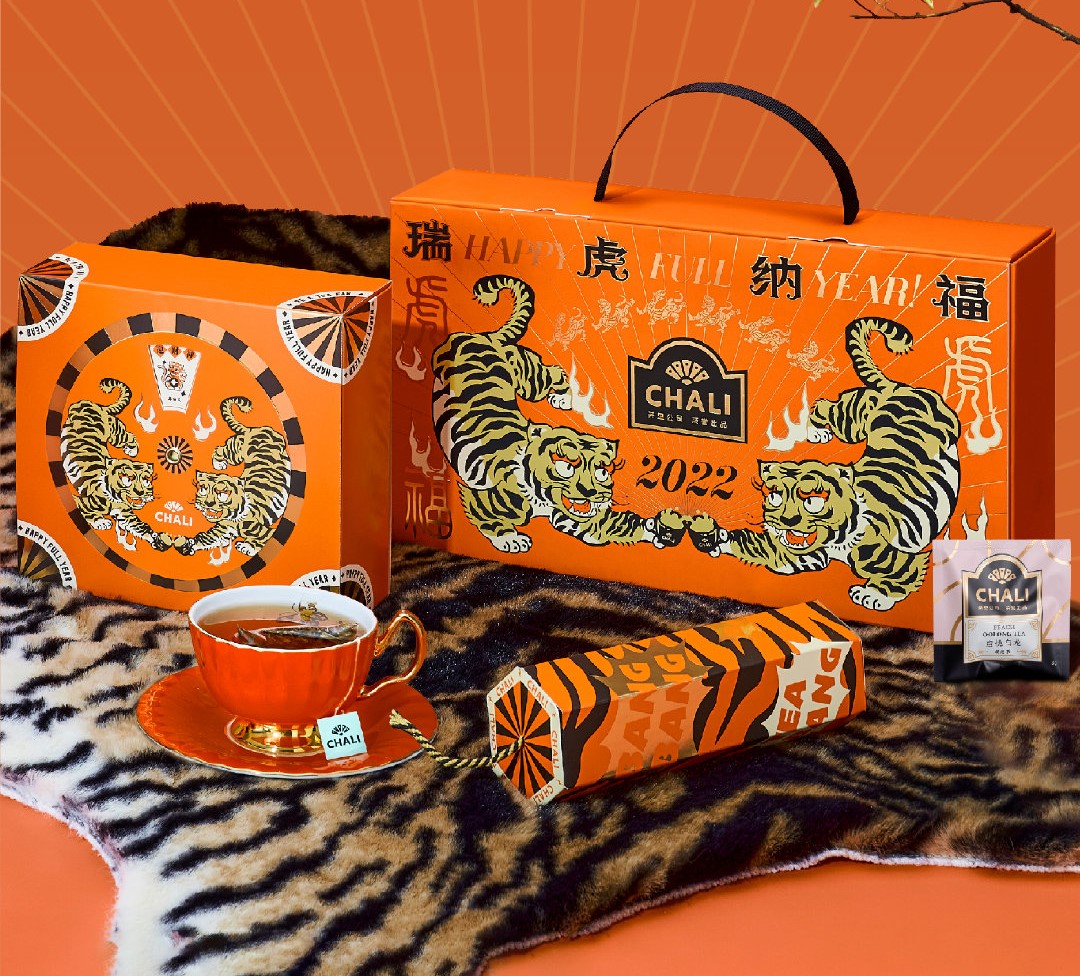RedFern Digital’s Sandra Weiss explains how packaging and design in China are a critical factor for determining the success of food and beverage products in that market.
Packaging is the first impression that consumers have of a product, and needs to clearly convey the product’s value, unique selling points, and differentiating factors from similar products by competitor brands. Therefore, to design successful F&B packaging in China, an in-depth understanding of consumer behavior, preferences, and current trends is required.
Packaging Size – Which Size Fits Best?
When determining product sizing for the China market, simply using the same sizing as your home market may not work, as varying Chinese consumption habits mean that different sizing of different products may be preferred. As an example, milk products in China are not often bought in bulk, so sizing tends to be smaller. Other products that often come in smaller sizes in China include cereals, peanut butter, jams, etc. Although Chinese customers are familiar with these products, they are still unlikely to bulk buy as they may not consume it at as fast a rate as abroad.
It is estimated that China will have a singles population of 92 million by the end of 2022. Therefore, with these smaller households, when it comes to food & beverages, smaller sized packaging across different product types may also be more appropriate.
Portability is another factor to consider, especially for snacking products. Single serving or individually packaged units allows for convenient transport and consumption on-the-go.
Packaging Quality and Material
Chinese consumers are not only looking for aesthetically pleasing packaging designs, but also packaging material that is sturdy and feels high quality. In a survey conducted by HKTDC Research, about 78 percent of respondents stated that they believe packaging quality reflects the quality of the food product. Especially for food packaging, flimsy packaging may lead to questions about the packaging’s ability to keep the products fresh and safe.
Therefore, brands should ensure that when developing packaging, the entire experience from the feel of the material to the quality of the print job and the colours used is up to standard.
Limited Editions & Gift Packs
Often brands will develop limited edition packaging or products that can include collaborations with famous influencers, celebrities, or other IP, such as cartoon and movie characters. These packaging designs are usually time-sensitive, and brands need to be quick to adapt to current trends, so that by release date the packaging elements are still relevant. If the collaboration is more extensive, then multiple limited-edition products can be developed, such as extending to merchandise.
Gift packs can also be developed for specific holiday seasons, such as Chinese New Year or the Mid-Autumn Festival, or as a separate campaign. In fact, many brands across a range of different categories will develop gift packs that are designed for Chinese consumers to purchase and gift to family or friends during festive periods. As a result, packaging requirements include high-quality packaging materials, designs that include elements of the theme, and design choices that will stand out from the crowd.
Traditionally Chinese Elements
Particularly among younger Chinese consumers, there has been a resurgence in the popularity of traditional Chinese elements and content related to keywords such as ‘ancient style’, ‘traditional culture’, and ‘folk music’. Designs inspired by traditional Chinese elements have been used for packaging designs ranging from snacks to teas and beverages.
Although this trend is most prominent among local Chinese brands, foreign brands can also take advantage by incorporating these elements. To ensure that localization is done appropriately and with sensitivity, brands can consider collaborating with local designers and artists on the designs. This has the advantage of both localizing products to the Chinese market and appealing to the rising sentiment towards brands with a closer domestic connection.
Bright and Bold, but Simple
Over the past few years, there has been a drive towards minimal packaging design styles that make use of bright and bold colors. These designs usually have a few key illustrations that indicate the product features and brand image, while still presenting a less busy overall image of the product packaging.
As can be seen, several different elements need to be considered when it comes to packaging and design for products within the Food & Beverage category. There are many different methods of success and brands need to carefully consider which approach is best for their specific target demographic and product type for the current market landscape.
Main image: CHALI’s Limited Edition Gift Box to celebrate the Year of the Tiger and Chinese New Year. Source: CHALI’s Official Weibo Account
Image below: HEYTEA collaborated with streetwear design label, FRAGMENT, to develop a collection. Source: HEYTEA’s Official Weibo Account.
Sandra Weiss represents RedFern Digital, a leading full-service Digital Marketing and E-commerce agency. It is responsible for the strategic direction, growth, and performance of some of the largest and most successful brands across a dynamic range of categories in the China market, covering Research, Branding, Strategy, Social Media Marketing, E-commerce, and Technical Integration.




